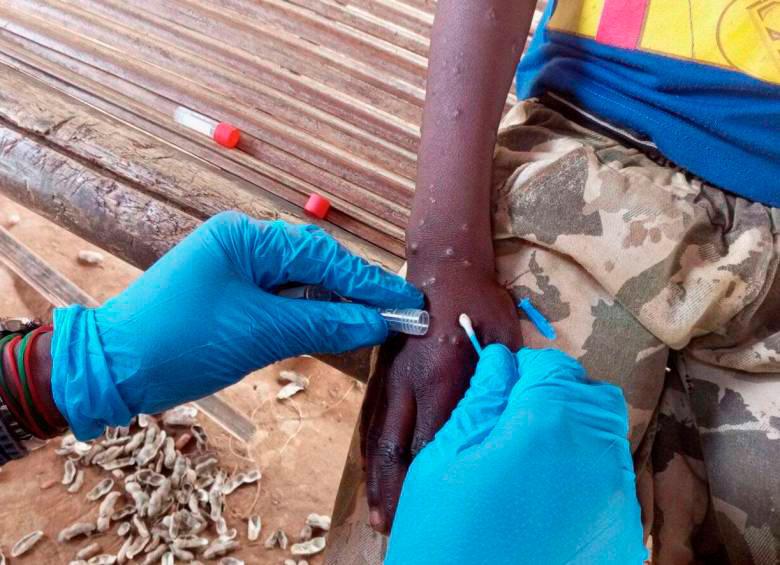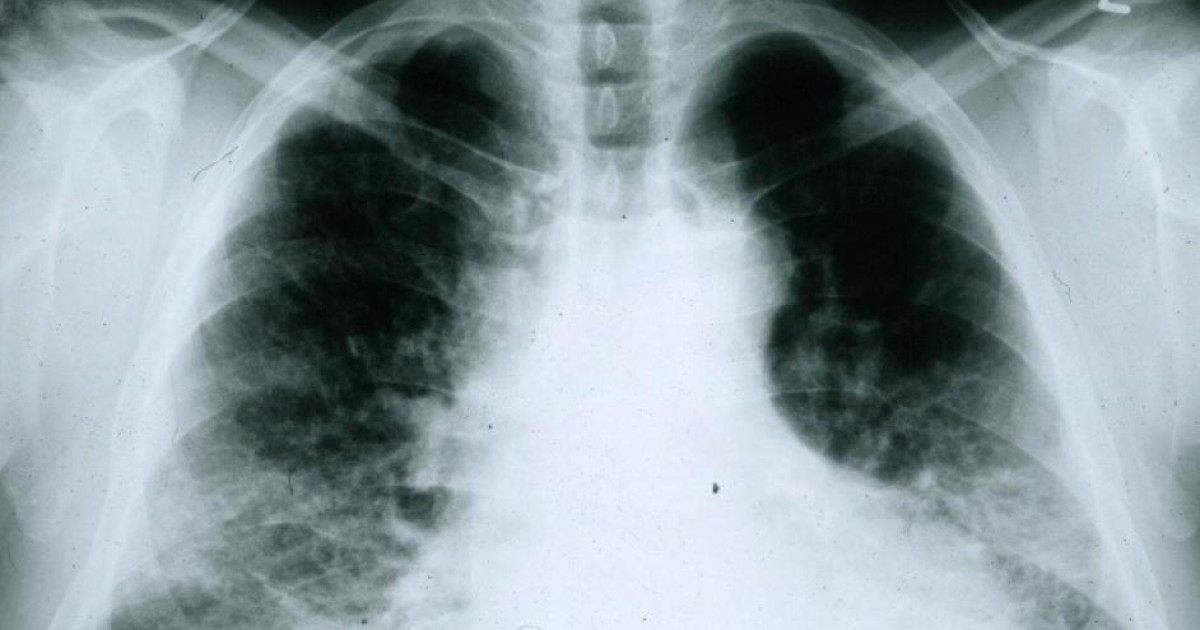Bird flu affects waterfowl, a virus that has been detected in about 400 different species of birds and is currently “proliferating” to the Southern Hemisphere.
Writing / EP
Monday, 14 August 2023
Avian influenza affects waterfowl, a virus that has been detected in about 400 different species of birds and is currently on “rapid expansion” toward the Southern Hemisphere, as warned by SEO/BirdLife, which has shown the black-headed, kittiwake and murre gulls as the most sensitive to the spread of this disease.
According to environmental organizations, colony behavior during the reproductive period in gannets and pigeons is ideal for the spread of viruses.
This is because the adults land only once a year for a few months to build their nests, so these colonies host the majority of some species’ populations, facilitating transmission.
So, according to figures provided by SEO/BirdLife, at least 75% of Atlantic gannet colonies have been affected with a 60% mortality, or Sandwich tern, where 20,531 bodies were counted in just two months in 2022, implying a mortality rate of 74%.
Until 2021, bird flu only affects wild birds and poultry.
Until 2021, the virus was spread between wild birds and poultry, but according to a CMS-FAO report last July, in the winter of 2021 avian flu caused “massive” deaths in white-faced geese in the United Kingdom, in addition to that. expansion in North America.
At the start of 2022, seabird mortality rates were high in parts of Africa, such as in the Djoudj National Bird Park (Senegal), whereas in the spring of that year the virus had a massive impact on European colonies. gannets and terns, according to SEO/BirdLife, less than half of breeders return to wintering quarters after breeding.
Only at the beginning of 2023 did bird flu reach South America, because in just four months 22,000 dead birds were counted on the coast of Peru, besides, according to forecasts for the end of the year, the virus will continue. spread and will spread to new species.
According to Lucía Soliño, an engineer with the SEO/BirdLife Marine Program, seabird populations will take decades to recover, “if they succeed.” This is because seabirds are animals with a long maturation period and a small number of young, so the survival of the adults is “critical for the species”.
“The fact that it mainly affects reproductive individuals is a serious blow to this population, which is beyond immediate mortality and is unlikely to diminish in the coming months,” Soliño concluded.
Bird flu in Spain, 7 outbreaks in domesticated birds and 117 in wild birds
The National Avian Influenza Surveillance Program is a system designed in Spain for the early detection of disease, which includes the communication and investigation of Authorized Veterinary Services in the event of symptoms of illness or death of pet birds.
Similarly, it is responsible for regular sampling on certain farms, a study that reflects 7 outbreaks of avian flu in domesticated birds, 1 in domesticated birds and 117 cases in wild birds between 1 July 2022 and 7 June. 2023.
In light of the results, surveillance and biosecurity measures have been strengthened in poultry farms as well as in seabird colonies, to quantify the incidence of this disease.

“Internet trailblazer. Troublemaker. Passionate alcohol lover. Beer advocate. Zombie ninja.”







